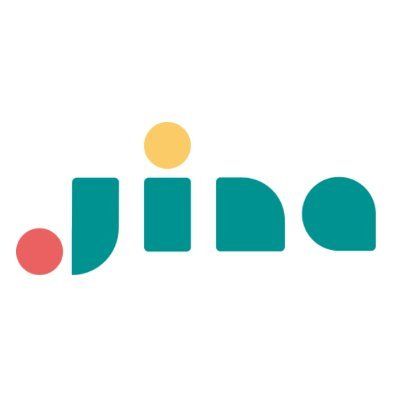The advent of Large Language Models (LLMs) and Retrieval Augmented Generation (RAG) has opened up many avenues for companies to leverage their data, but also poses the problem of connecting different sources to a single communication interface. HR-tech innovator Springworks has set out to solve this problem in deep collaboration with Jina AI.
This case study explores how Albus, Springworks’ workplace productivity tool, uses Jina Embeddings and Reranker to let you talk with data from different apps.



tagConnecting All Your Apps to a Single Tool
Today’s digitalization has brought about an explosion in workplace collaboration tools, creating an environment where information is scattered across multiple, isolated platforms. Employees often have to search endlessly for information they remember reading somewhere, but cannot find again, such as results from a past brainstorming session or minutes of a sprint planning from the previous week. This fragmentation of information creates barriers that decrease productivity and add to frustration. Generative AI promises to address this issue, creating question-answering systems with access to multi-source data, so employees have a single source for answers. To do this, we need an AI application that can access all these information silos and integrate them.
tagSpringworks Albus to the Rescue
Albus integrates with 100+ commonly used workplace applications, including CRMs, ticketing systems, human resource management systems, and knowledge management tools. By leveraging Jina AI’s state-of-the-art Embedding and Reranker models with an LLM for generating answers, Albus answers employees' questions after analyzing all connected sources and using the most relevant and up-to-date information. Employees no longer need to search in multiple apps or remember specific file names and locations.
“We’ve evaluated almost all state-of-the-art embeddings and reranker models on our hand-crafted company-internal benchmarks, and Jina’s models truly stand out. Their technology not only meets but exceeds expectations.”
— Kartik Mandaville, founder and CEO of Springworks
tagThe Backbone of Springworks’ Solution
Springworks is collaborating with Jina AI to develop and iteratively improve Albus’s advanced RAG system. Albus retrieves both structured and unstructured data. An AI classifier decides whether a user's request should be resolved by querying a relational database or using jina-colbert-v1-en to query unstructured data in a vector database. Regardless of the source, the retrieved results are then re-ranked using jina-reranker-v1-base-en to find the most relevant information to answer any user question.
“Jina AI’s customer success team has played a crucial role in optimizing our use of these models. With their prompt responses and thorough walkthroughs, they've simplified our implementation process and greatly improved our results."
— Kartik Mandaville, founder and CEO of Springworks

As an example, let's imagine that the user wants to use Albus to query a Jira ticket database, and asks it the following:
Which tickets were created since March about updating the Dockerfile
to use the latest Ubuntu version?The Query Classifier decides that this query is best suited for structured search ("since March" implies a traditional filter query), and generates an equivalent in Jira Query Language, an SQL-variant used in Jira:
project = "BACKEND_API"
AND created >= "2023-03-01"
AND text ~ "dockerfile"
AND text ~ "Ubuntu"This returns a set of tickets, and their textual contents are sent to jina-reranker-v1-base-en, along with the original natural language query. The Jina Reranker re-orders them, and the top-ranked tickets' texts are compiled with a template into a prompt for an LLM. This creates a natural language text response transmitted to the user.
Now, let's imagine the request was something less well-suited to a structured search:
How does the company's ESOP policy differ between senior management
and associate-level employees?The Query Classifier recognizes this as better suited to an embeddings-based vector search and uses jina-colbert-v1-base-en to generate an embedding, which the vector database matches with tickets. These results are passed to jina-reranker-v1-base-en with the original query, just like in the structured search case, and yield a natural language response via the same procedure.
tagImmediate Deployment and One-Click Integration
Albus is engineered to be as user-friendly as possible. You can integrate your work apps with a single click:
Albus will be up and running within minutes, transforming your entire workplace into a single chat environment where your team can find any information just by asking.
tagA New Frontier in Knowledge-Sharing
Springworks has created a new way for companies to access their data and is set to become a trusted office tool. By providing a centralized, AI-powered solution for information retrieval, Albus reduces the time and effort employees spend searching for what they need. Thanks to Jina AI and the tool's ability to integrate with existing systems and provide accurate, context-aware answers, Albus makes company knowledge more accessible than ever.
Jina AI is committed to bringing the highest quality models to enterprises at competitive prices. Contact us via our website if you’d also like to benefit from our implementation expertise and enterprise offerings. Talk to us directly through our Discord channel to share your feedback and stay up-to-date with our latest models. We're refining our products every day, and your input is crucial to our development process.













